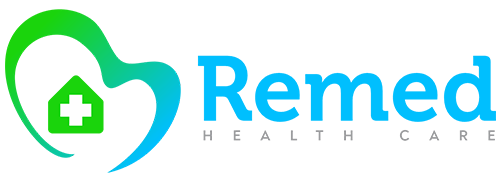Emergency? Call 07048000275
How to Examine the Breast for Benign Lump
How to do a proper Examination of the breast for benign lumps or cancerous lumps by yourself or with your partner
1 undress to the waist.
2 Stand in front of a mirror, inspect by looking for asymmetry, local swelling, skin changes,nipple changes.
3 Press your hands firmly on the hips to contract the pectoralis muscle and repeat inspection.
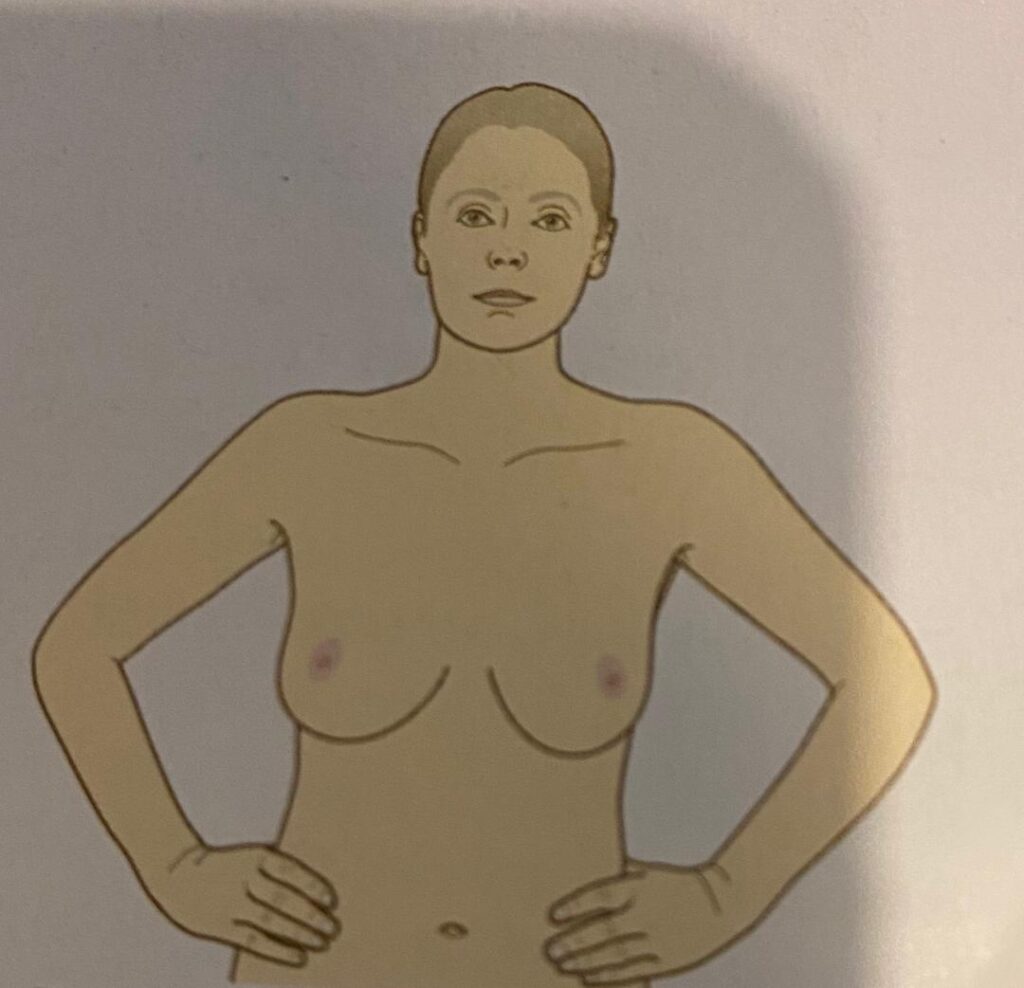
4 Raise arms above the head and then lean forward to expose the whole breast and exacerbate skin dimpling.
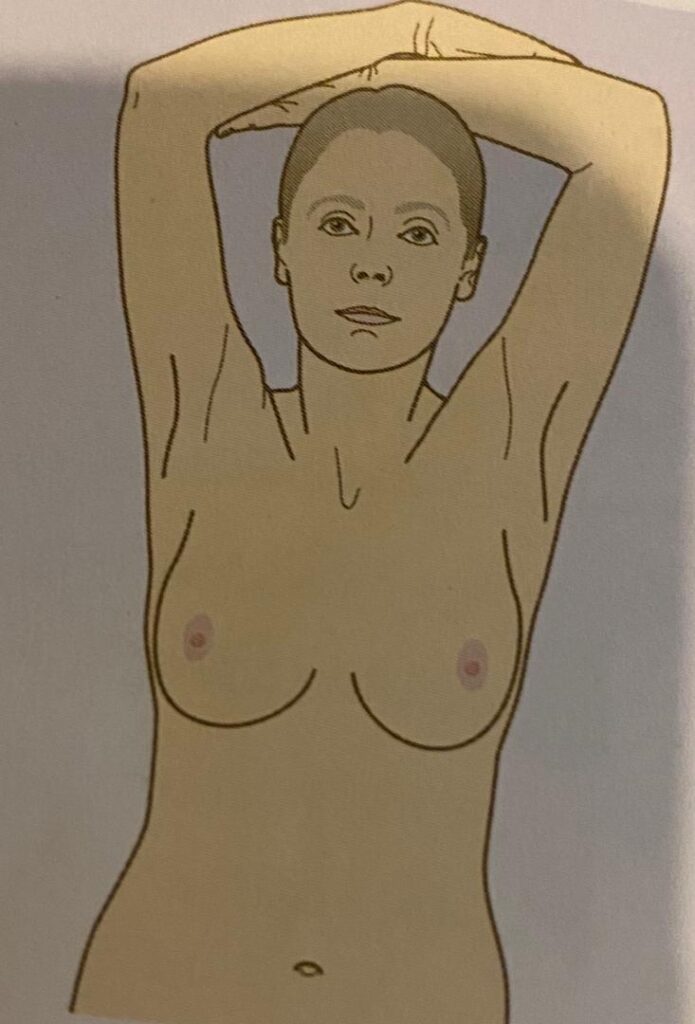
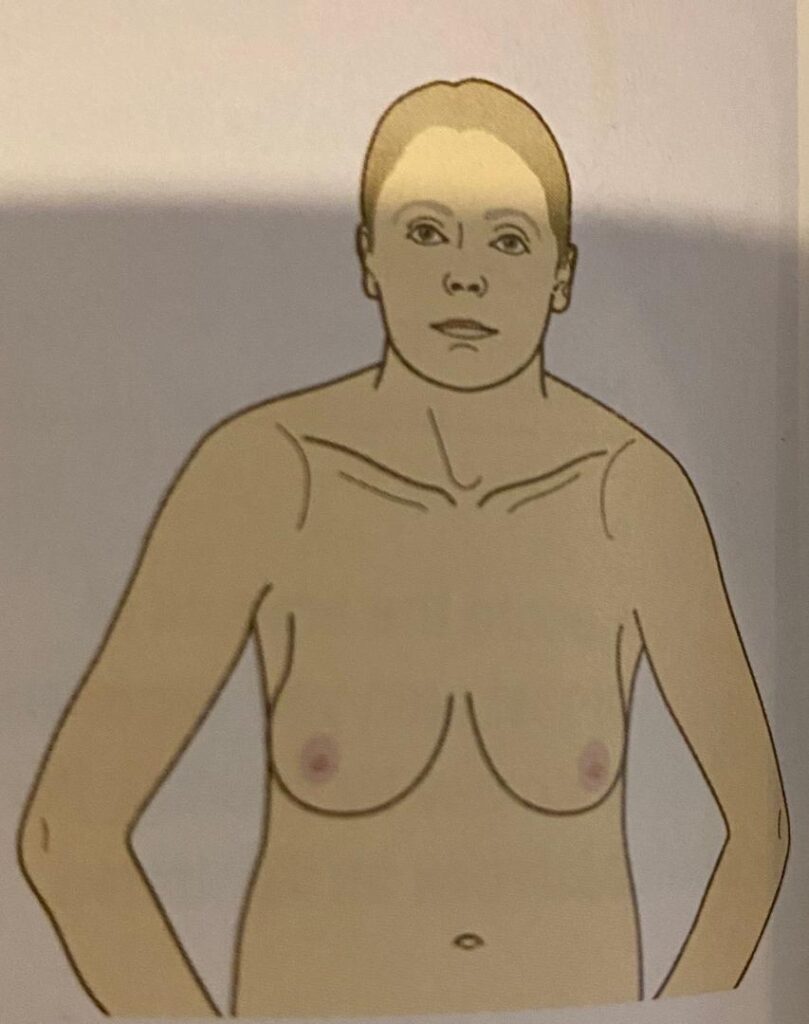
5 lie down, with head on a pillow and one hand under the pillow, use the other hand to palpate the breast tissue using the palmar surface of your middle three fingers, do the same to the other breast with your other hand under the pillow.

6 View the breast as a clock face, Examine each hour of the clock from the outside towards the nipple, including under the nipple. Compare texture with the other breast.
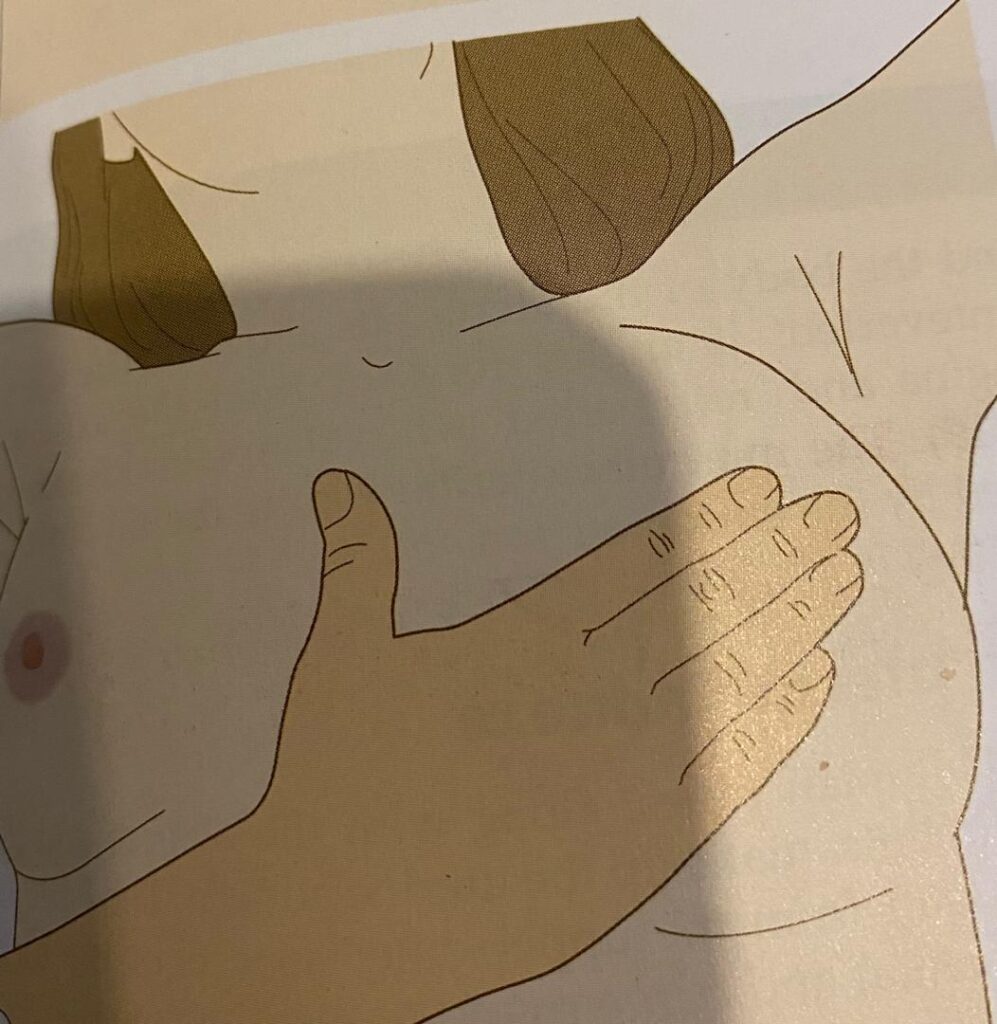
7 Examine both axilla(armpit) using your thumb.
8 Palpate the nipple by holding it gently between your index finger and thumb, try to check for any discharge, note colour and consistency of any discharge.
FAQ About the Breast.
–How frequent should I examine my breast?
Monthly
–What is a mamogram?
A mammogram is an X-ray of the breast. It’s a screening tool used to detect and diagnose breast cancer.
Together with regular clinical exams and monthly breast self examinations, mammograms are key elements in early diagnosis
-What age can I go for mammography?
35years and above except in suspicion of cancer
-How frequently should I do a mammogram?
Yearly
-Does breast feeding increase the risk of breast cancer?
There has been no evidence that breast-feeding causes breast cancer. In fact, some preliminary studies reveal that breast-feeding may decrease a woman’s risk of developing breast cancer, though this data has not yet been confirmed. Women who breast-feed can still get breast cancer, but they are not at any increased risk compared to women who do not breast-feed.
-Does breast size affect breast cancer risk?
There has been no conclusive evidence that breast size is related to breast cancer risk. However, radiologists may have a more difficult time reading the mammogram of a woman with dense breast size.
–Who is at risk for breast cancer?
All women are at risk for breast cancer. Risk factors include: age, family history, genetics previous breast biopsy showing benign (non cancerous) conditions, menstruation beginning at an early age, menstruation continuing past age 50, not having children, having a first child after age 30, and high fat diets. However, 80% of women who develop breast cancer have no known risk factors.
–What are the warning signs of breast cancer?
Any change in the normal appearance or texture of the breast, nipple may be an indication of breast cancer and should be examined by a physician. Common warning signs of breast cancer include a lump in the breast, an abnormal thickening of the breast tissue, or a change in density of the breast. Occasionally, breast cancer may be indicated by a lump under the arm, a redness of the skin over the breast, a change of the nipple (such as discharge or inversion), or a dimpling of the breast skin. Note: breast cancer is not always noticeable by appearance or touch.
-What is the difference between a benign breast condition and breast cancer?
A benign breast condition is any non-cancerous breast abnormality. The most common benign fibrocystic changes and benign breast tumor and breast inflammation. Most benign breast conditions such as fibrocystic change or fibroadenoma(small tumors) do not increase a woman’s risk of breast cancer later in life. However, lobular carcinoma insitu LCIS and atypical hyperplasia (dangerous increase in number of breast cells) have been identified as markers for breast cancer.
